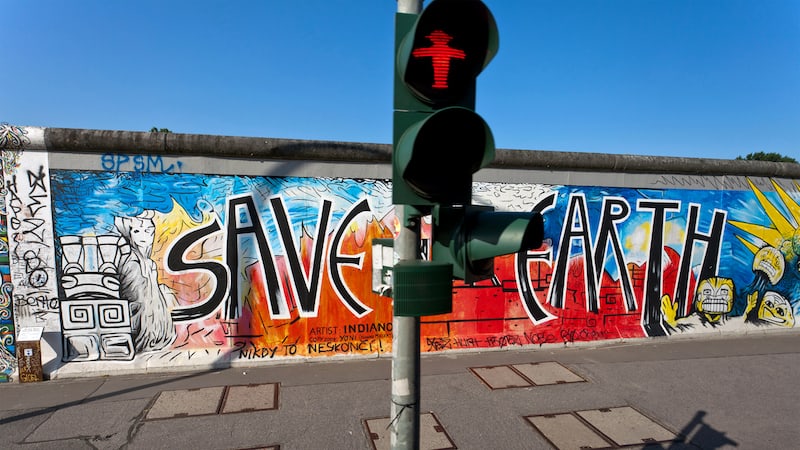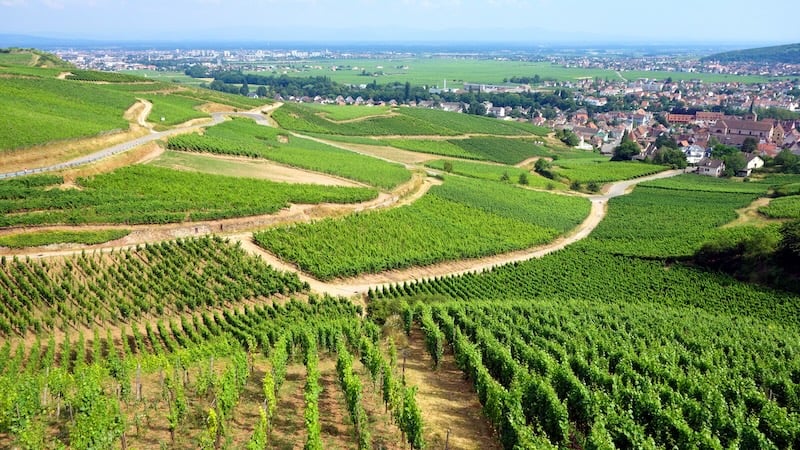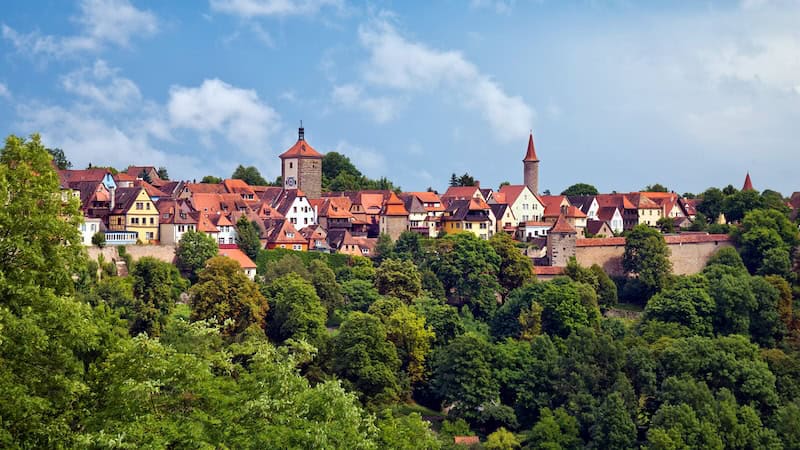‘Ostalgia’ in East Berlin
Searching out the remains of the communist era

A Swedish sundae made with advocaat liqueur, Ampelmännchen traffic light men, remnants of the Berlin Wall and Checkpoint Charlie – travel writer Rick Steves takes us to some of the vestiges of communism in East Berlin, aka “Ostalgia.”
Enjoying my vanilla ice cream in eastern Berlin’s Café Sibylle, I ponder the half-mustache carved in stone that hangs overhead. My “Swedish sundae,” which comes with chocolate sprinkles and a shot of creamy advocaat liqueur, was the standard treat back in the 1960s. And the mustache is all that’s left of what was the largest statue of Josef Stalin in Germany.
Berlin is filled with poignant memories of its communist days. And in the decades since 1989, the city has nurtured a playful nostalgia – or Ostalgia (ost is the German word for east) – for what some consider the good old days … back when ice cream was cheap and everyone had job security. Today, theme eateries – places such as Café Sibylle – serve dreary food from the 1960s complete with a Cold War “ambience.”
The quintessential piece of Berliner Ostalgia is, of all things, its pedestrian streetlights, featuring jaunty figures affectionately called Ampelmännchen (“little traffic-light men”). Many elements of everyday East German life disappeared quickly after reunification – often to Easterners’ relief. But East Berlin’s stylishly hatted streetlight men had been a beloved part of its otherwise unpleasant streetscapes, and most locals were crushed to see the city begin standardizing its street signs to match the West’s. Residents eventually waged, and won, a 10-year court battle to keep their Ampelmännchen from being replaced. More recently, the Ampelmännchen have even begun showing up in the former West Berlin – perhaps the only East German symbol to gain popularity in the West.
Less common around town, but still not hard to find, are a handful of what had been the Berlin transit system’s “ghost stations.” During the Cold War, most subway tunnels were simply bricked up at the border. But a few Western lines looped through the East, and – to make a little hard Western cash, the East German government rented the use of these tracks to the West but kept the East Berlin stations strictly off-limits. For 28 years they sat, unused and unchanged, as Western trains slowly passed through, their passengers seeing only dimly lit East German guards and lots of cobwebs. Within days of the 1989 fall of the Berlin Wall, these stations were reopened. Today these stations offer a time-travel experience, looking exactly as they did when built in 1931, complete with drab green tiles and original signage.
Little remains of the grandest souvenir of Cold War Berlin, the infamous Berlin Wall. The 100-mile “Anti-Fascist Protective Rampart,” as it was called by the East German government, was erected almost overnight in August 1961 to stop the outward flow of people (about three million leaked out between 1949 and 1961). Local guides are quick with all the stats: The 12-foot-high Wall had a 16-foot anti-tank ditch, a no-man’s land that was 30 to 160 feet wide, and 300 sentry towers. During its 28 years, border guards fired 1,693 times and made 3,221 arrests. While there were more than 5,000 documented successful escapes (565 by East German guards), there were also more than 140 deaths.
Today, the carnival atmosphere of those first years after the Wall fell is a distant memory. But in some places hawkers still sell “authentic” pieces of the Wall, East German flags, and military paraphernalia to gawking tourists. The remains of the Wall have been nearly devoured by persistent “Wall-peckers.” A subtle row of cobbles traces the Wall’s former path around the city.
The best place to see a long stretch of the surviving Wall, and to learn about its history, is the fascinating Berlin Wall Memorial, along Bernauer Strasse. Other stretches of the Wall still standing include the short section at Niederkirchnerstrasse/Wilhelmstrasse (near the Topography of Terror exhibit).
The biggest surviving stretch of the Wall is the colorful East Side Gallery. Nicknamed “the world’s longest outdoor art gallery,” it extends for nearly a mile and is covered with murals painted by artists from around the world. This segment of the Wall makes a poignant walk.
Checkpoint Charlie, the famous border checkpoint between the American and Soviet sectors, is long gone. But its memory is preserved by the Museum of the Wall at Checkpoint Charlie. Americans – the Cold War victors – have the biggest appetite for Wall-related sights, especially Checkpoint Charlie.
During the Cold War, this museum stood defiantly within spitting distance of the border guards – showing off all the ingenious escapes over, under, and through the Wall. Today, while the drama is over and hunks of the Wall stand like victory scalps at its door, the museum at Checkpoint Charlie still tells a gripping history – including those heady days when people-power tore down that wall.
PHOTO CAPTION, ABOVE: East Berlin Ostalgia includes the Ampelmännchen / Ampelmann traffic light men pedestrian walk. CREDIT: Rick Steves.

Explore more of Rick Steves’ Europe in Boomer
©2023 RICK STEVES
As an Amazon Associate, Boomer Magazine earns from qualifying purchases of linked books and other products.



